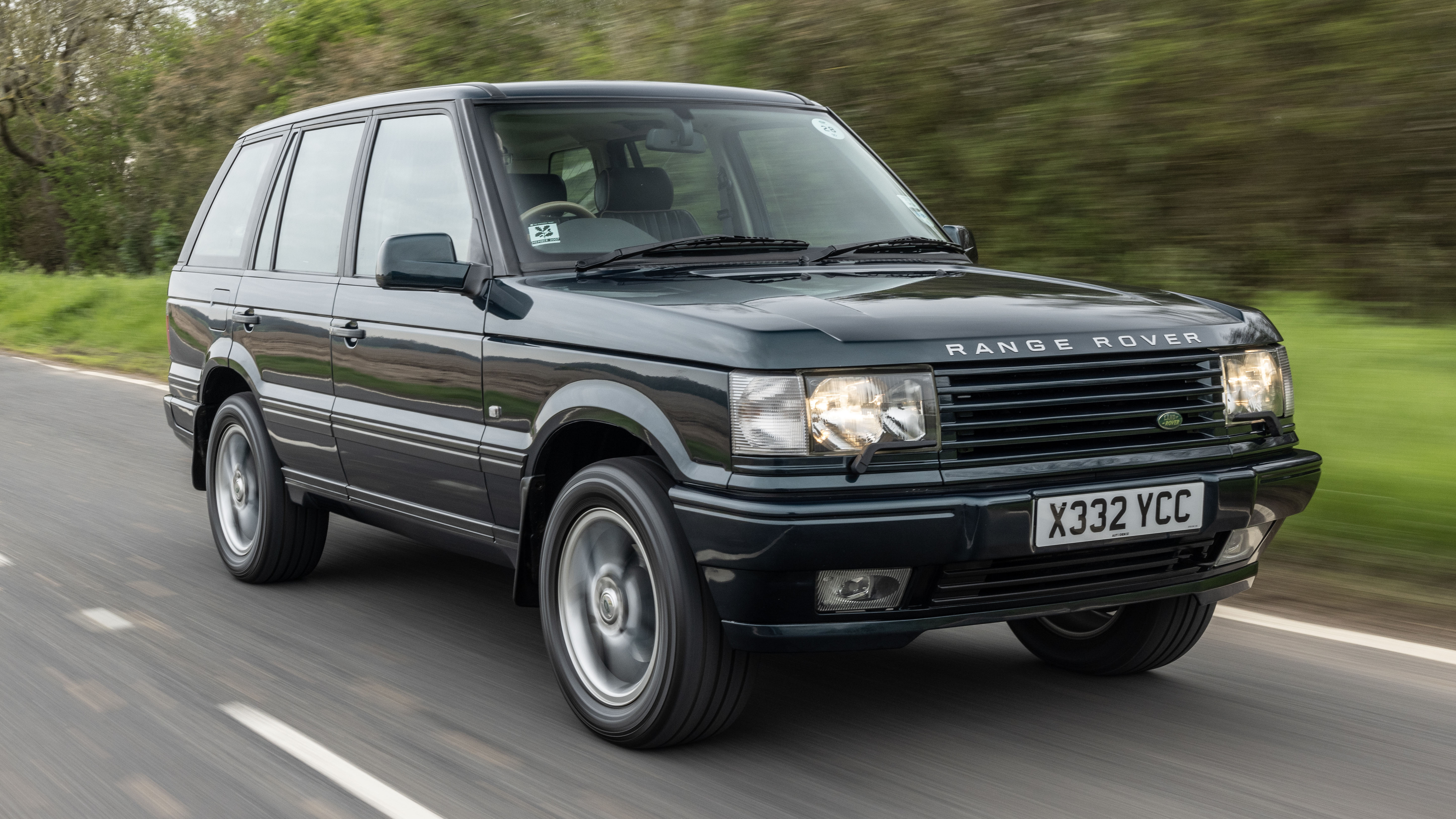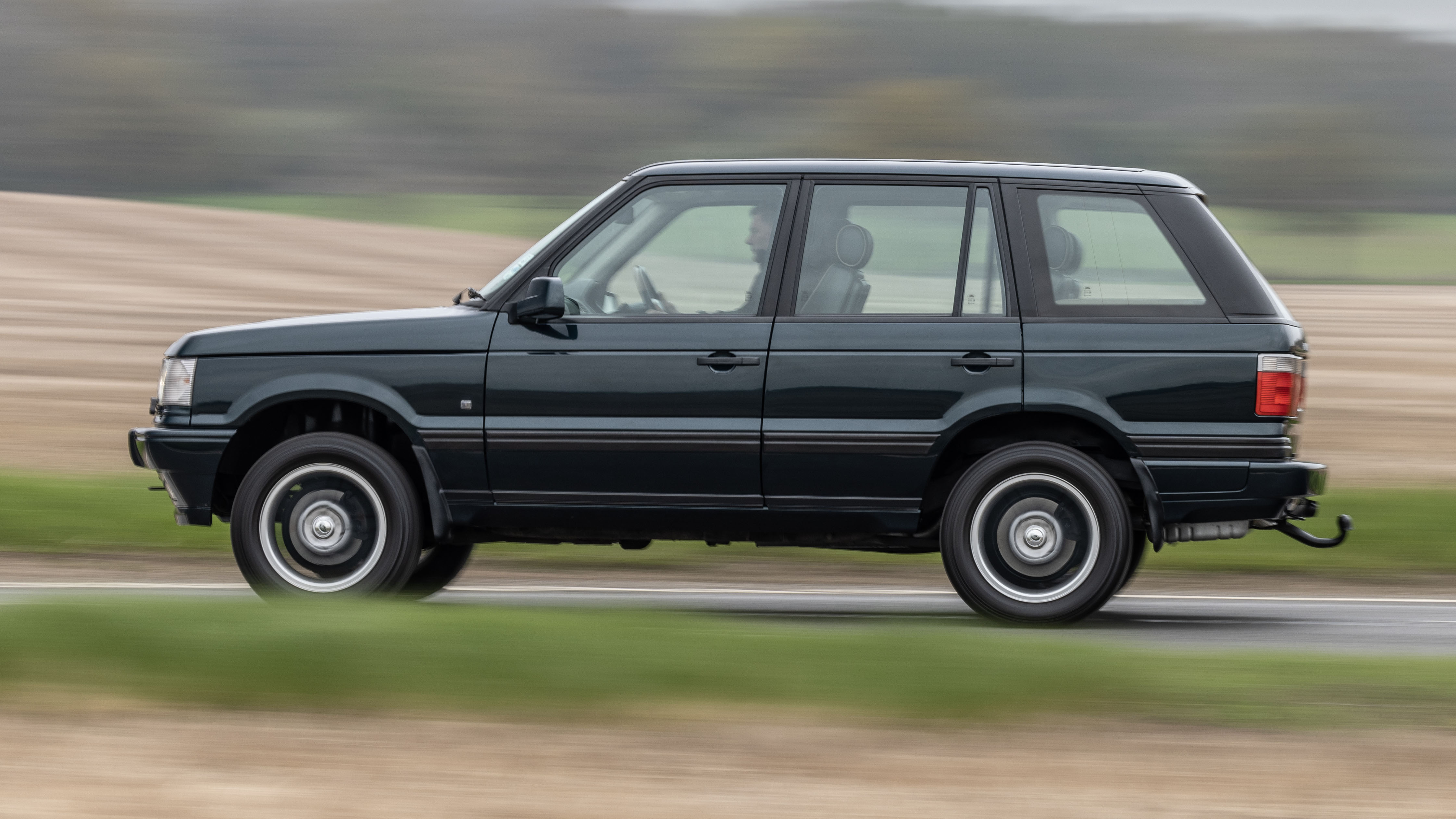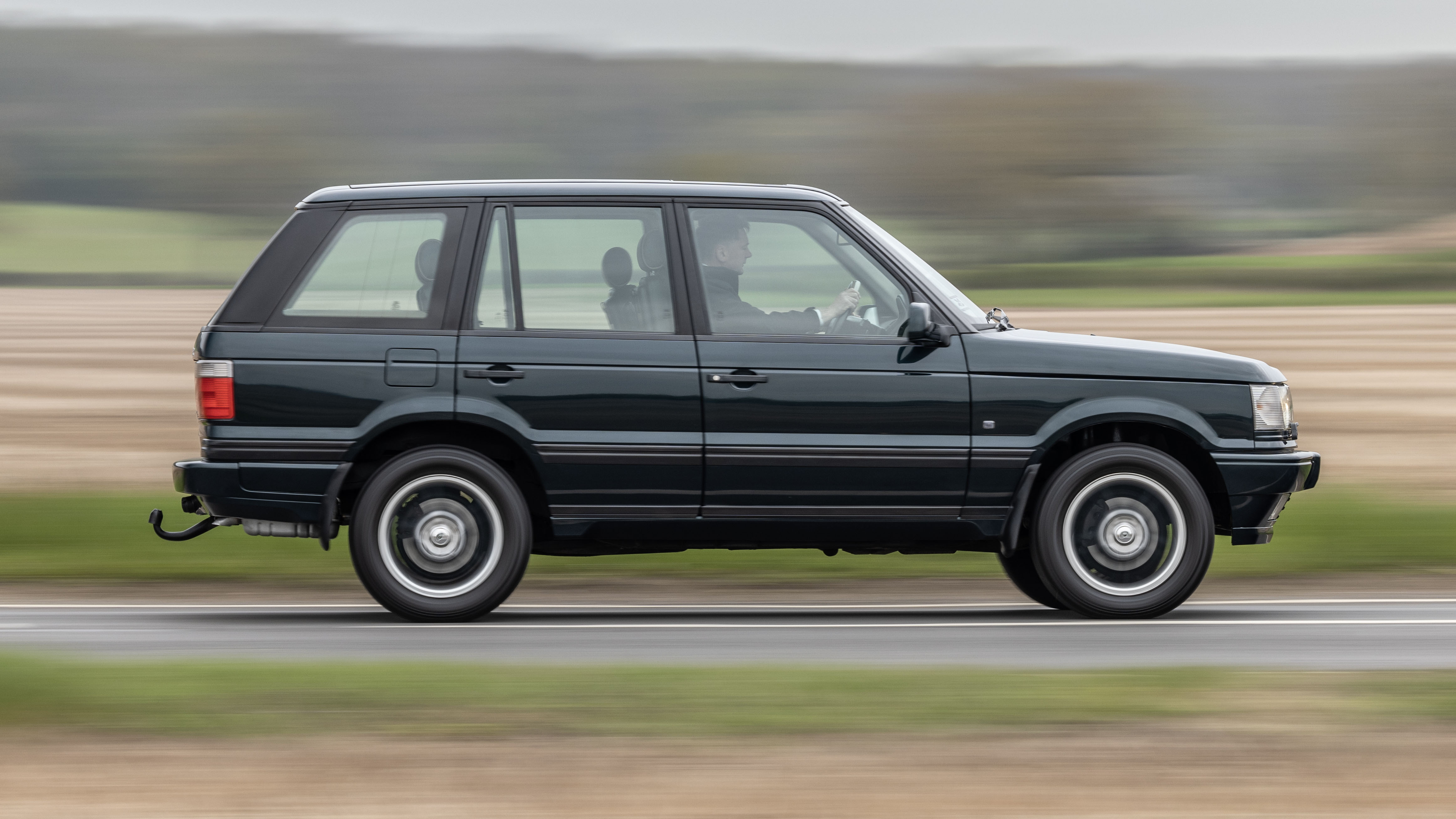
Range Rover P38A review: the Rangie with the shortest lifespan
The first Range Rover was utterly distinctive, but after two and a half decades they had to replace it. The evolution was pretty conservative really.
The body was designed in-house, by George Thomson. He carried over the silhouette more or less intact, and the signature-dish split tailgate. But he modernised the details and tidied up the gaps. Main issue was the switch to rectangular lights, a bit too like the saloons the rest of the Austin-Rover empire was churning out at the time. Now the roads are largely clear of Montegos, the P38A looks more distinctive than ever. It has worn pretty well.
There was huge progress in the interior, a place that could stand alongside the proper luxury cars of the era. The battalions of switches for transmission and air suspension are properly organised. This one even has Pong-era sat nav, but its display won't give me anything other than a snowstorm.
Also the Range Rover had bigger engines now: the pushrod Rover V8 had injection and had grown to 4.0 or optionally 4.6-litres. The transmission was a four-speed ZF auto, also used by V12 BMWs. Remember, by 1994, BMW owned the Rover group, but the few BMW parts – mainly a straight-six diesel – were built into the design before the sale of the company to BMW.
With all of this, the price went up. So the original one was subjected to the indignity of being called Classic and kept in production as the base model for a couple of years.
Although the P38A's chassis frame is strengthened versus the original, it's basically the same design and so is the suspension. So again it feels agreeably compact on Warwickshire's byways. And again, you sit high. The cabin isn't quite as glassy, but the difference is slight.
This one is a late-model high-spec limited edition, in partnership with gunmakers Holland and Holland. That brings you aristo-spec tan and moss-green leather, and shotgun-stock oiled walnut. It couldn't be more county if it had a tweed gear gaiter.
The pushrod 4.6-litre engine makes 215bhp and a baritone noise, and is effortless when you're gentle. Even so it has its work cut out, given weight is now the high side of two tonnes. The transmission is great, neatly slurring almost every shift. Thanks to the engine's meaty torque, you don't worry there are just the four ratios. There's a 'sport' mode button to alter the shift strategy, but honestly, you wouldn't touch it.
Again though, you've got to cope with vague steering at the straight ahead. It's no bother on main roads but you need to concentrate in lanes. But also like the original, once you've settled into the theatrical angles of roll, corners are pretty tidy. You've got power assistance, so the challenge of manoeuvres is reduced.
Almost-flush glazing doesn't just tidy the looks, it takes away most wind noise. The transmission whine has gone too. This is a refined cruiser. The air suspension (which was introduced on the original the year before the P38A launched) even drops ride height on motorways, as well as raising it for off-roading. The primary ride is if anything even softer than the early car, but that just makes an even bigger contrast with the live-axle shudder.
Top Gear
Newsletter
Thank you for subscribing to our newsletter. Look out for your regular round-up of news, reviews and offers in your inbox.
Get all the latest news, reviews and exclusives, direct to your inbox.
This generation of Range Rover had a comparatively brief production life, and you can see why. The schema of separate chassis and live axles was normal in the early-1970s, and OK for an off-roader in the 1980s. But the Mercedes ML had arrived to give the Range Rover a bit of a seeing-to in on-road dynamics, and the BMW X5 went further, showing it was possible to have a tall vehicle with more or less car-like ride and handling.
Given BMW now owned Range Rover, it was clear things had to change. So this generation had the shortest life of any Range Rover. The P38A was conceived as an evolution. Its successor is a quantum leap.
Range Rover Classic review: how does the 'luxury' SUV drive in 2023?
Featured

Trending this week
- Car Review
Bentley Brooklands
- Car Review
Ferrari Amalfi






